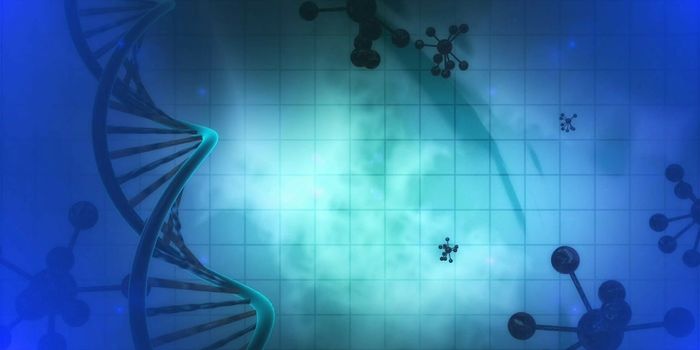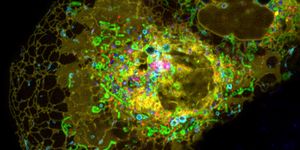Predicting the Future with New Machine Learning Technology
Machine learning technology has a range of applications in a range of industries in professions. For example, machine learning technology has become a popular fixture in the healthcare field. The ability to feed data into a machine and have an algorithm that can interpret the data, machine learning offers doctors and clinicians the ability to make diagnosis or spot information on an imaging scan, for example, that might not have been visible before. The general idea is that machine learning can take large quantities of data to solve problems that might be more difficult for humans to do alone.
But what if machine learning were so good it could actually predict the future. Or at least, make an exceptionally accurate guess? Researchers at the Ohio State University have harnessed new machine learning technology to understand and even predict how spatiotemporal chaotic systems work (think: predicting weather patterns). Their work is described in a recent article published in Chaos: An Interdisciplinary Journal of Nonlinear Science.
Weather forecasters are a prime example of people and models striving to make sense of and make predictions about spatiotemporal chaotic systems. Machine learning is certainly used to help forecasters make sense of a weather model, which in turn shapes the weather forecasts we see. But as we all know, there’s a lot of variability and inaccuracy in these models. The ability to predict the behavior of these kinds of systems has been a perpetual problem, though one that new machine learning technology appears poised to take on.
The research team at the Ohio State University have turned to a new type of machine learning method, called next generation reservoir computing. Researchers found that this new approach can make sense of a complex spatiotemporal chaotic system far quicker than existing approaches. In fact, reservoir computing could work up to a million times quicker than existing models. They then tested their model on forecasts for a weather model, with a high rate of accurate predictions.
The model also uses significantly less training data and is less expensive, making it a potentially powerful tool for use in the future.
Sources: Eurekalert!; Chaos








